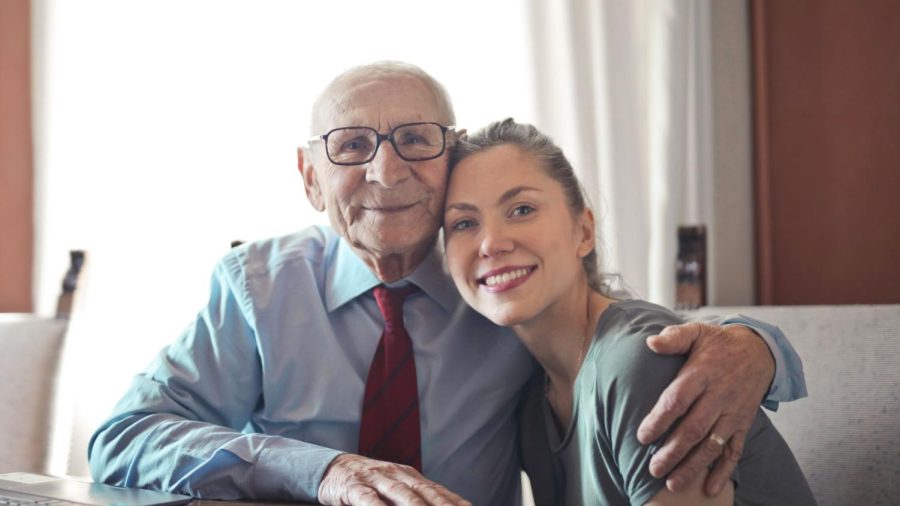Youth today could learn lessons from hardships of past generations
Published February 24, 2023
I recently turned 77 years of age—an occasion for reflecting about what I have witnessed over my considerable lifetime. Among the things witnessed is a sense that Americans have become increasingly soft.
Why do I say this?
I was born in 1945, as “the Greatest Generation” was giving way to the “Baby Boomers.” My parents had spent much of their youth living through the Great Depression and two world wars, with they and their cohorts by all accounts engaged in far less whining than what we see today from “Gen Z,” who can claim no comparable experiences.
The Mayo Clinic (July 19) notes that “up to 44% of college students reported having symptoms of depression and anxiety” with a high number contemplating suicide. Jonathan Haidt of New York University states that Gen Z Americans have “extraordinarily high rates of anxiety, depression, self-harm, suicide, and fragility” (Wall Street Journal, Dec. 31).
I do not wish to dismiss or minimize mental health problems among our youth, since they must be taken seriously. My only point is that, when it comes to dealing with problems, contemporary youth seem to have fewer coping mechanisms than their earlier counterparts.
Haidt blames this on social media and a culture of “victimhood,” including a felt need for “safe spaces” and avoidance of any “offensive” messages inside or outside school. Today’s youth often have been called “snowflakes,” given their inability to accept criticism, contrary opinions and difficult circumstances.
I once wrote that as part of the bar or bat mitzvah rite of passage, Jewish kids should be required to visit the Tenement Museum in Lower Manhattan in New York City, to see what previous generations of Jews had to experience, when there was no welfare state to cushion against poverty and much of the population, newly arrived in the United States, had to endure incredibly squalid, horrible living conditions.
I have just thought of an alternative requirement that might encourage young Jews (as well as non-Jews) to appreciate the relative blessings they enjoy today compared with what others have had to cope with in the past and, thus, to develop a more positive perspective. I am referring to reading “Honor Bound,” written by Stuart Rochester and Frederick Kiley, which is the definitive history of American POWs during the Vietnam War.
My brother Stuart was the chief historian in the Pentagon. With his coauthor, he spent six years researching and writing an incredibly detailed account of the torture and other horrors experienced by some 800 U.S. captives between 1961 and 1973. Admiral James Stockdale, the leader of the POWs, called the 700-page book “a monumental achievement, not only in its depth and breadth of treatment but in its honesty and accuracy.” Eugene Rostow of the National Defense University called it “a masterpiece.”
Here is a sample of what the POWs had to cope with: “Whole afternoons were consumed in passive observation of the insects and rodents that wandered in and out of their cells. . . [Navy Lt. Everett Alvarez, the first U.S. aviator captured in North Vietnam] would stare hypnotically at the steady procession of spiders and scorpions that crawled through his door. Many of the PWs developed a peculiar fascination with the gecko, a multicolored lizard whose . . . efficient devouring of mosquitos and cockroaches made it an agreeable companion. . . . Others befriended spiders, mice, even the huge rats that were as big as opossums.”
Most prisoners were pilots who had crashed-landed their planes and suffered broken backs and legs and arms and other injuries that were rarely treated properly. Regarding their medical treatment: “The prisoners lanced boils with razors and needles, made mud casts and wood splints for broken bones, applied pig fat to chapped or cracked lips, . . . nibbled on charcoal to check diarrhea and flu . . . To heal cantankerous wounds or burns incurred on shootdown, they allowed flies to lay eggs on the decaying skin, the newly hatched maggots cleaning the infection as they dined on the putrescence. . . . For many ailments there was neither cure nor relief, only the will to endure.”
Yet another example of how they were tested: “We were eating approximately three coffee cups of vermin-infested rice per day. . . People had malaria and dysentery, so that they were perhaps defecating . . . 50 or 60 times a day, could not make it to the latrine so that the prison yard was littered with human excrement.”
Perhaps the most famous POW was John McCain, who was to become a U.S. Senator and 2008 presidential candidate. “McCain had been taken prisoner [in 1967] when “he was forced to bail out [of his A-4 plane] upside down at a high speed. The awkward ejection broke his right leg, his right arm in three places, and his left arm. . . He was carried on a stretcher [into prison] . . . where, despite the trauma of his wounds, he was worked over for military information. . . He diverted interrogators with useless information, once listing the offensive line of the Green Bay Packers as the members of his squadron. . . [Fellow prisoner and Medal of Honor winner Major Bud Day] cited McCain’s ‘fantastic will to live.’”
McCain and his colleagues set an example of the courage – and simple determination – it takes to cope with the challenges, big and small, life often presents. It is a lesson all of us, especially young people today, can benefit from.















